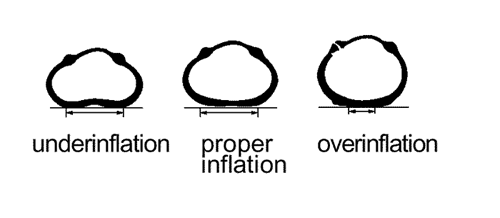SECTION 4
– UNDER VEHICLE
UNDER VEHICLE INSPECTION
Raise the vehicle to overhead height to perform all inspections in this section.
Visually inspect vehicle under carriage for looseness, missing components and line routing and clipping, and fluid leaks. - Tighten clamps, couplings
- Condition of brake lines, hoses and connections
- – Damage
- – Fluid leaks
- – Twisting
- – Swelling
1. STEERING GEAR AND LINKAGE
Check steering gear and linkage.
2. PROPER TRACK ROD CLAMP POSITION
Check track rod clamp.
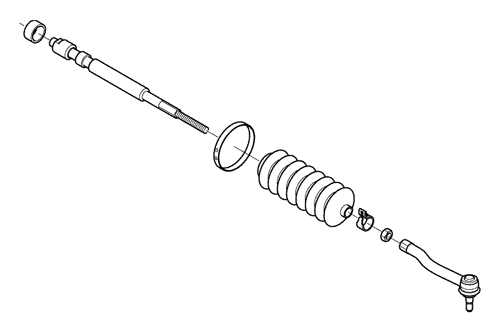


3. EXHAUST SYSTEM FOR PROPER ALIGNMENT AND CLEARANCE
Check exhaust system.



4. FRONT AND REAR SUSPENSION
Check front and rear suspension.



Front suspension
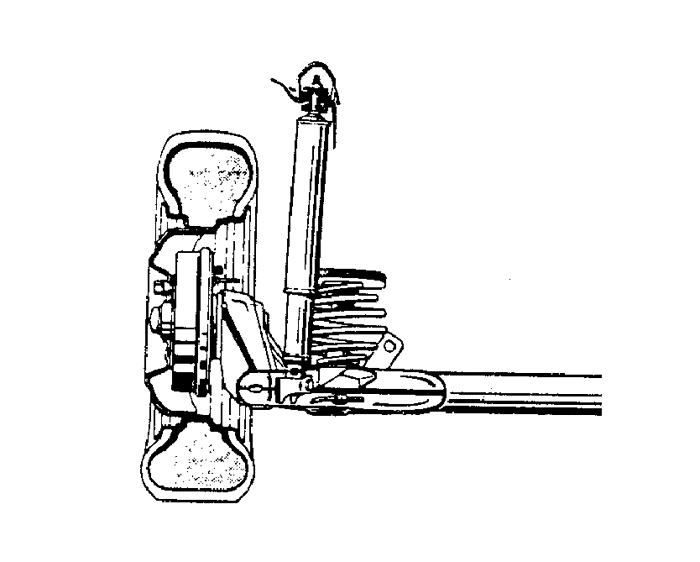


Rear suspension
5. CHECK AXLE AND MANUAL GEARBOX FLUID LEVEL



6. BRAKE SYSTEM
Check brake fluid, brake cylinder, pipes, hoses and parking brake. ABS should be checked, if adopted.
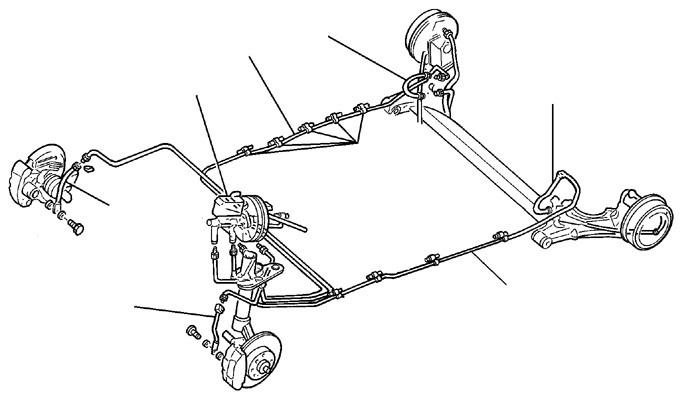


7. FUEL SYSTEM
Check the fuel tank, fuel pump, connection of fuel hoses and pipes, fuel injectors, fuel gauge and canister.
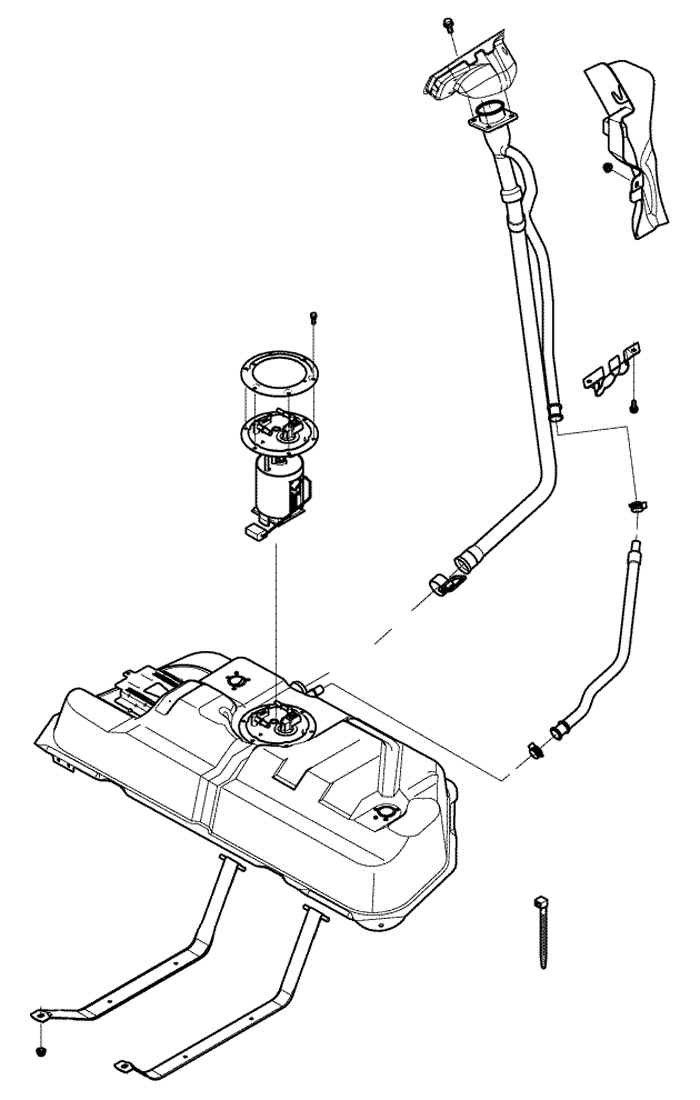


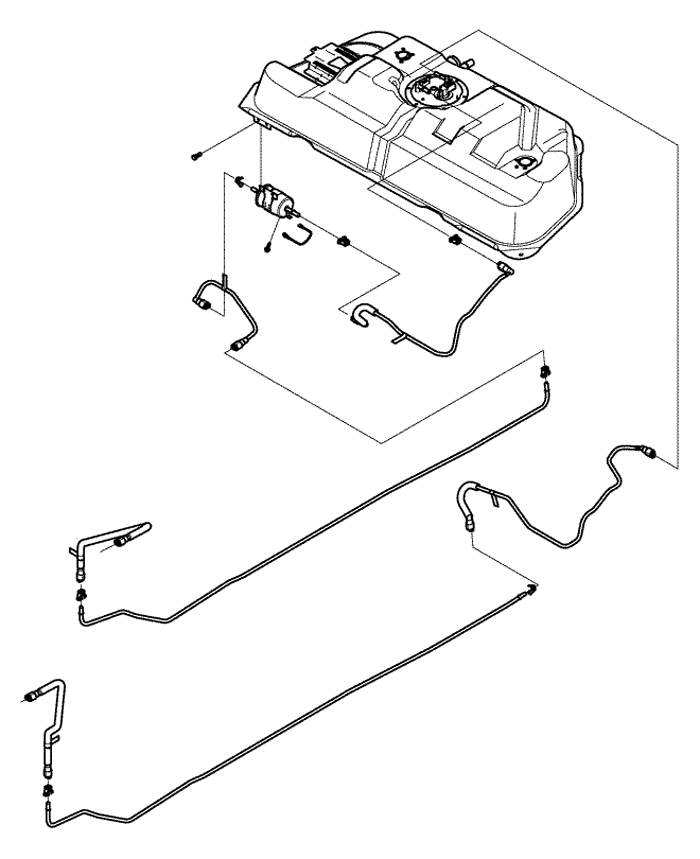


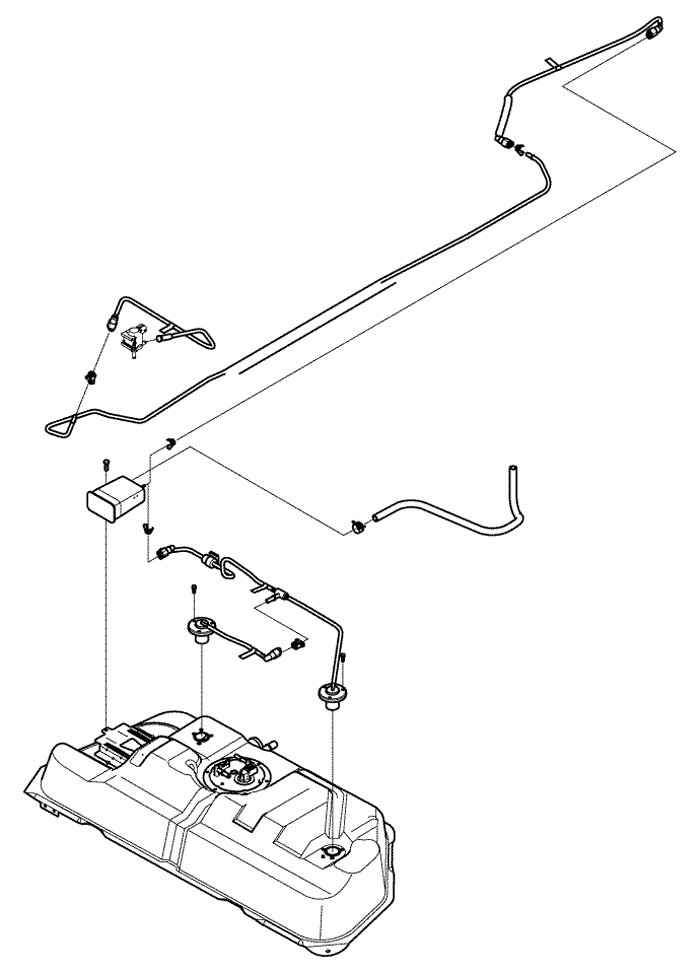


8. DRIVE SHAFT OF FRONT DRIVE AXLES
Check the drive shaft for rust, damage, bend and assembly condition.
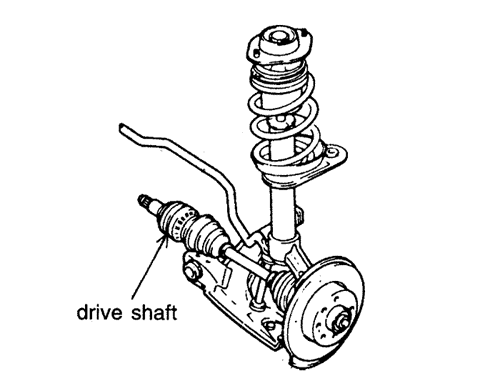


9. VISUALLY INSPECT WHEEL STUD AND FLANGE NUTS
Taking off the wheel covers, and check wheel studs and flange nuts.
Torque of wheel stud: 12 kgf•m (120 N·m)
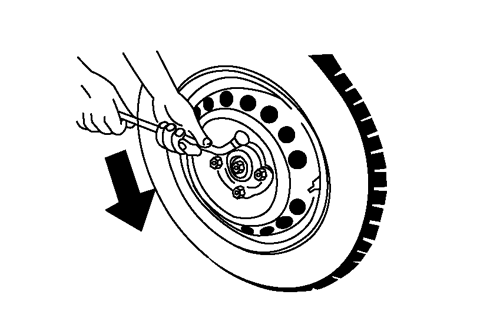


10. INFLATE TYRES TO SPECIFIED PRESSURE
Check inflation pressure of tyres.
